Sam Rayburn Lake Tour
Get an early look at the first stop of the 2019 FLW Tour season
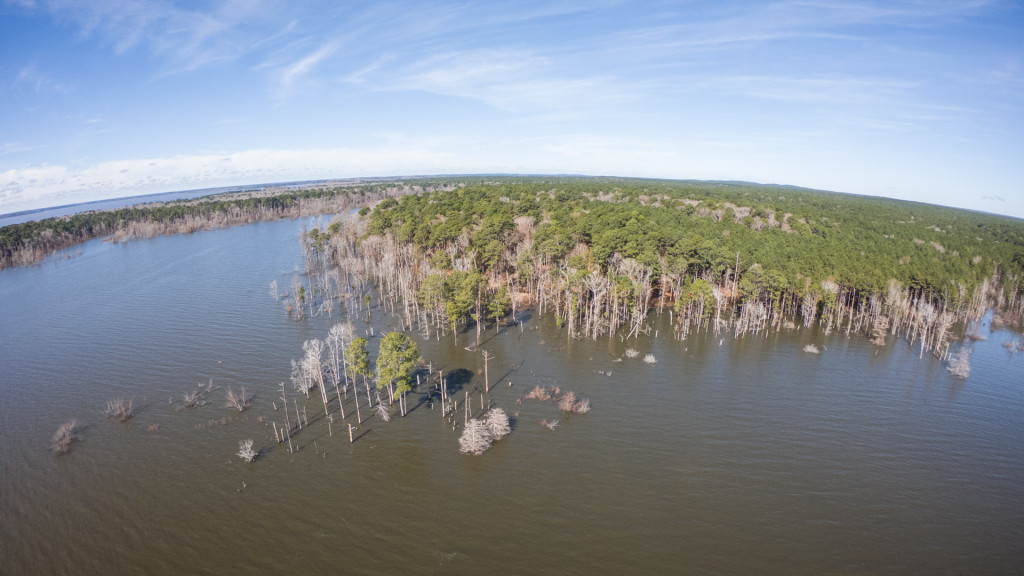
This year, the FLW Tour kicks off in Texas with a showdown presented by Polaris on Sam Rayburn. Big Sam hasn’t hosted too many FLW Tour events in the past, but it’s loaded with bass and bass fishing history. The lake is much higher than normal right now, which will no doubt produce different fishing than is typical for winter on Rayburn.
Here’s a look at the fishery in its current state.
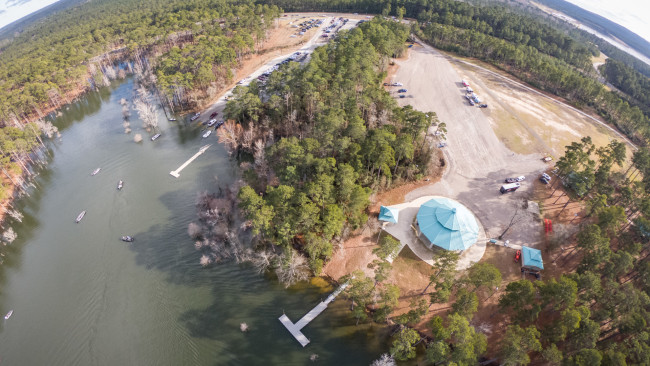
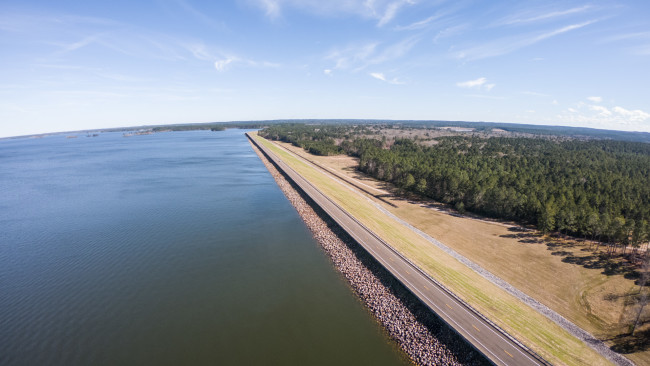
Takeoff and weigh-in each day will be at the Umphrey Family Pavilion, which is located right near the dam. The Angelina River was dammed in 1965 to form Sam Rayburn, and the reservoir serves to control flooding and generate some power. At full pool, the lake has about 114,500 surface acres, and it is the largest lake completely within Texas borders.

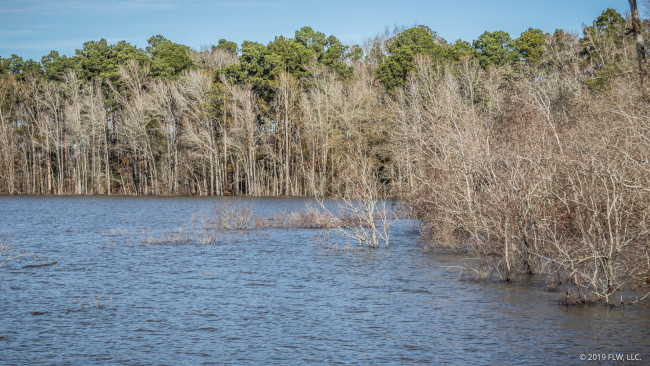

Currently, Sam Rayburn is quite a bit higher than full pool, which is 164.4 feet. As of Sunday afternoon, the lake had risen to a whopping 172.65 feet. The record high occurred in 1992, when the lake hit 175.1 feet. Though the water isn’t there yet, it is likely to be a defining factor in the tournament.
December was so wet in the region that the area downstream of Rayburn is flooded as well, and the U.S. Corp of Engineers can’t release much water from the dam. So the water is likely to continue rising or fall slowly, but it certainly won’t drop drastically.
With the lake as high as it is, the shoreline has changed quite a bit. Instead of just having forests of standing timber in the actual lake, Rayburn now hosts acres and acres of forests along the shoreline. Bushes that used to be barely flooded or high and dry are deep, and the water’s edge reaches back over roads and into fields. Getting back to the edge of the water is quite a task in some places, and likely impossible for even John Cox in others.
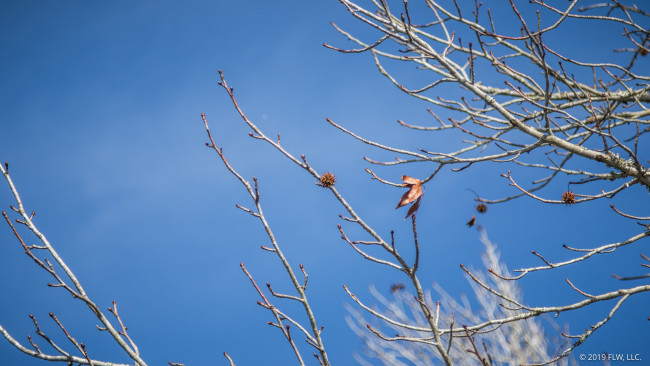


If flipping shoreline cover turns out to be the ticket, anglers that can identify a pattern within the mass of woody vegetation will have a leg up. Historically, flipping sweetgum trees (top/middle) and cypress trees (bottom) is a player when the water rises. There might be another pattern to uncover though, and someone like Terry Bolton who excels at flipping flooded cover on Kentucky Lake might figure out a uniquely successful approach. One thing’s for sure: If a pro sets the hook into an 8-pounder buried in the cover he’s in for a Texas-sized battle.
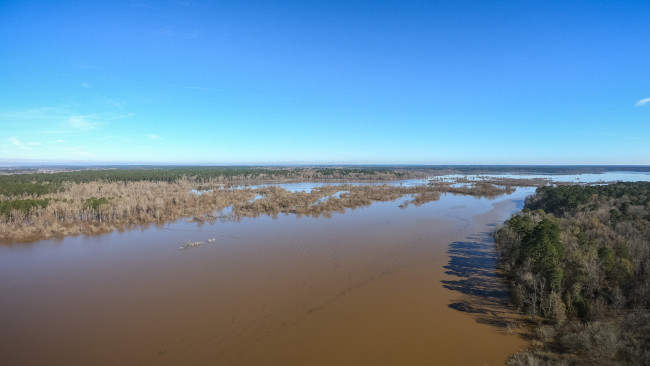
With the water in the mid-50s, pros will likely dabble in the really muddy ranges of Rayburn, but the water that’s clearer will probably get the bulk of the pressure. The really muddy water on Rayburn is currently mostly up the rivers. In the majority of the lake the water is stained to varying degrees, but it’s still very fishy looking. Down near takeoff, there’s more than a foot of visibility, and the water has a nice green stain to it.

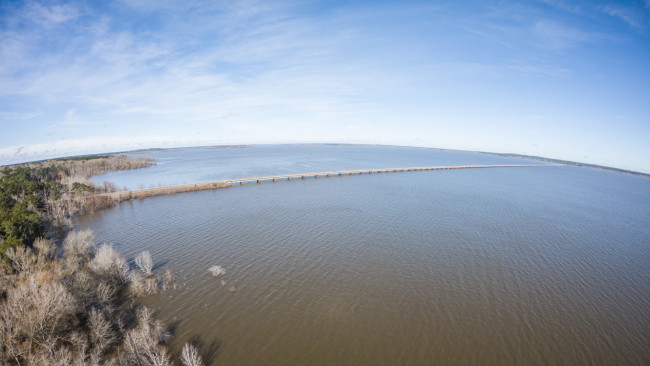
One concern prior to the event was how passable the TX-147 bridge would be. Cutting across the lake midway up the Angelina River arm, the bridge is near a lot of prime fishing, both above and below. Midday on Sunday, the bridge was still easily passable by a lightly loaded Ranger 520L at idle speed. As things stand, the pros should be able to get under the bridge with no problems come tournament time.
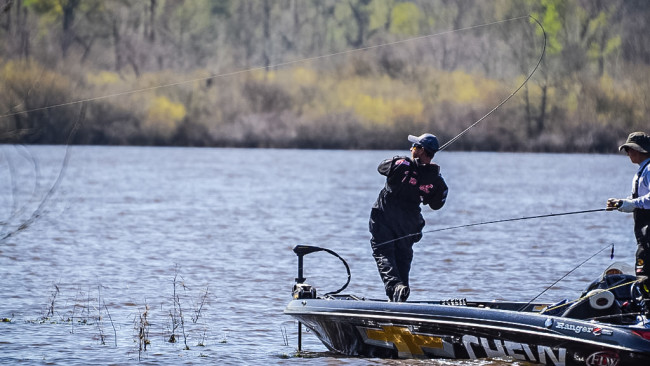
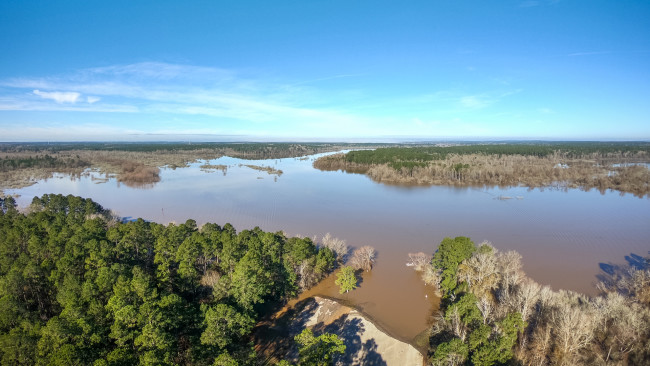

Back in March 2014, Bryan Thrift won way up the Angelina River. Now, that area looks about as different as you can imagine. Cypress trees that Thrift was flipping back in 2014 are now mostly underwater, the whole area is red and muddy, and the nearest ramp to his area is closed.


Ordinarily, fishing Rayburn in winter would be all or almost all about the grass bite. Ripping a lipless crankbait over hydrilla is a proven winner on Big Sam, and Tour pros Dicky Newberry and Chris McCall might be the best in the world at it. With the water so much higher than normal, the grass is correspondingly deeper. However, it doesn’t mean the fish will have entirely abandoned it. It just means the task of finding them got a fair bit harder.
Hydrilla (top) is the primary grass in Rayburn and the main historic target. There are outside and inside edges of hydrilla, as well as a lot of hydrilla in the drains (what non-Texans would call the middle of creeks). Hay grass (bottom) is the other primary grass, but it’s normally partially out of the water and in just a couple feet. Now, it’s actually well below the surface, and only visible with Lowrance StructureScan in many places.
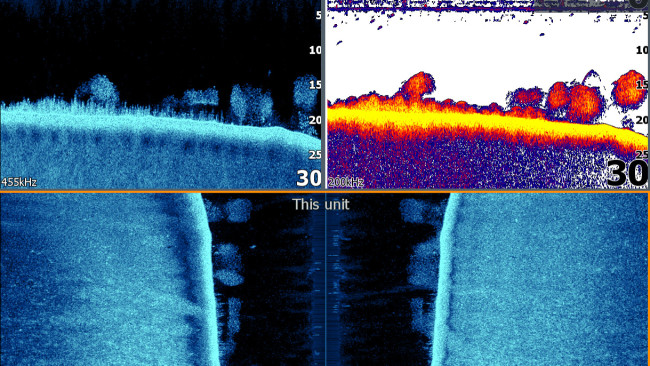

Winter on Rayburn would also normally call for some offshore fishing that isn’t grass related. Hard spots, stumps, bait and the right structure can be key for big wintertime bass. How that sort of thing will play out this week is anyone’s guess, but it’s got to be at least considered, perhaps especially for the local hands who have a bunch of waypoints they could run.
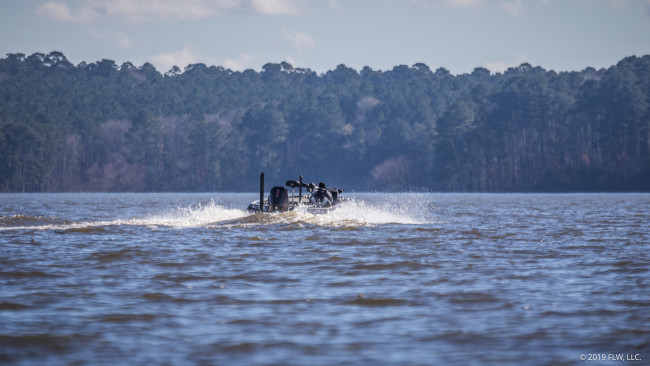
Whether the Tour kicks off on Okeechobee or somewhere else, it’s always exciting. The first morning of practice had a simply electric vibe, and we’re surely going to learn a lot about anglers and the lake this week. The current conditions on Rayburn are possibly entirely unique, and it’s going to be fascinating to see how the tournament unfolds.